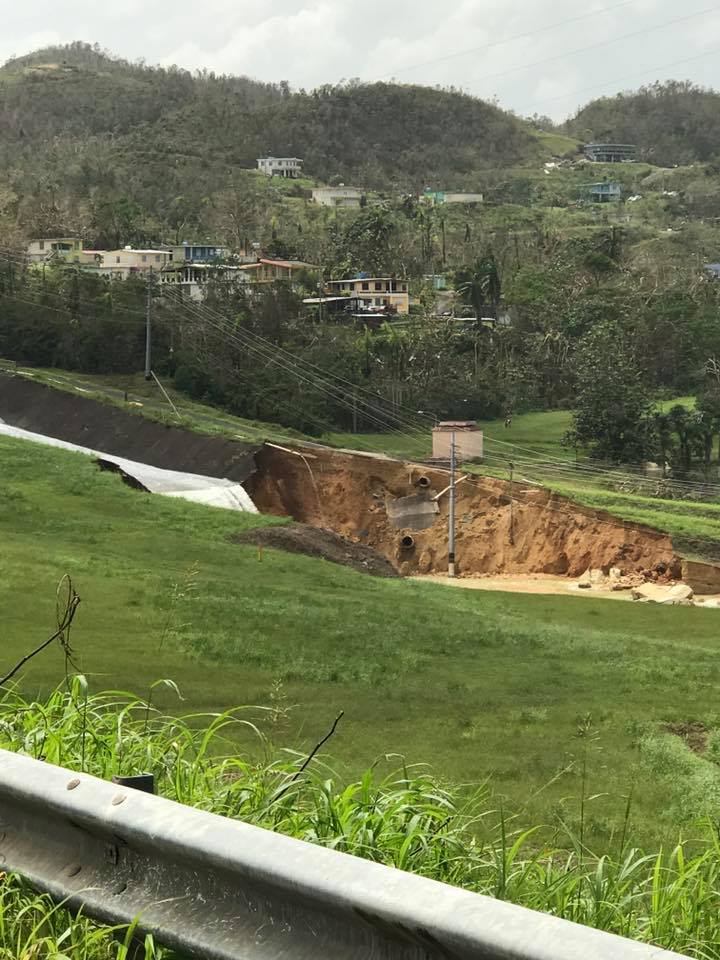I think it’s time to start the conversation on when we transition from masks as the primary form of protection from COVID-19 to the vaccine. It’s a fair question when people ask, “I’ve gotten the vaccine, why can’t I take my mask off?”
Evidence out of Israel of decreasing case severity due to population vaccination is promising. Here in the United States, lack of implementable planning and collaboration across all levels of government has made rollout of mass vaccination anything but smooth. It’s clear we’re months away from administering enough vaccinations to put to rest the concern of impact on our ICU care capacity from COVID-19 cases. In addition, there are still questions regarding how well the vaccine prevents disease transmission in those who have been vaccinated, even if it is doing its job of reducing risk of serious illness.
As a result of the above factors, those lucky enough to have been vaccinated, will need to keep mask-wearing and social distancing in public in order to help contain the spread among those not so fortunate. Yet the day is coming in 2021, when the risk of serious illness from COVID-19 will be low enough that the three W’s, wear a mask, wash your hands and watch your distance shouldn’t be required. (Hint: It’s still a great tactic if you want to stay healthy even after conversations about COVID-19 disappear.)
The challenge to policy makers is there won’t be an obvious line we’ll come to where one side is dangerous and the other safe. Instead it will be a declining risk over time. At what point is the risk from the continued destruction of the economy and social well being going to be greater than a disease with an acceptable risk of serious illness? I say acceptable and not zero because that’s the wrong end point. The United States accepts 20,000-40,000 deaths from influenza every year, which spreads through an almost identical manner to COVID-19 and has a vaccine to protect against. There’s no requirement for testing for influenza before you get on a plane. No need to present evidence of vaccination to travel internationally, so why would COVID-19 be special if the vaccine works as advertised?
Not having open discussions now on the triggers telling everyone when COVID-19 has reached an acceptable level of risk is a mistake. Much of the response to this pandemic has looked more like a whack-a-mole game than the result of implementing the plans developed over the last 10-20 years. Let’s get in front of this one now. For me, when I see ICU staff twiddling their thumbs, we’re in a good spot.
If I haven’t sold you on the concept of vaccine over masks for protection, ask yourself the following question. Your taking a trip and your plane has two sections. Section V is for those passengers who have been vaccinated. Masks are optional, but to sit there, you have to be vaccinated. Section M is for those who have not been vaccinated but are asked to wear a mask. Which section would you prefer to sit in? For me, I’m sitting in the vaccinated group. I’ve seen the lack of proper mask wearing, not covering their nose, taking it off to talk on the phone or actively eating which takes some folks quite awhile. (Section D is for those who neither chose to get vaccinated or wear a mask and stands for driving instead of flying.)
Pre-COVID-19 I’d go to the airport and undoubtedly there would be selfish travelers coughing and sneezing, obviously ill, who still felt the need to be in public, exposing others to whatever they have. In the coming months, thanks to increasing protection from the vaccine, illness with COVID-19 might be nothing more that cold, cough or flu-symptoms. I for one, will probably continue to utilize the three Ws as I don’t care to get sick with any one of the viruses constantly circulating. I think by that point, economic recovery and social well-being should be our collective worry.
I’m anxious to hear your thoughts and comments.




Risk is an inescapable element of life.
A FUNDAMENTAL principle in medicine is to not use a management of a health issue that is more harmful than the condition you are treating.
The Barrington Declaration is in my opinion as a seasoned health professional to be the appropriate response to the Wuhan virus.
180 MILLION people in third world countries are predicted to die of starvation in the coming years due to the lockdown…..they DO count.